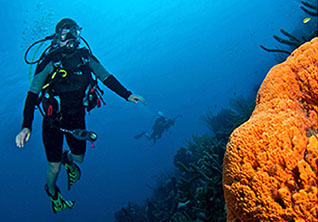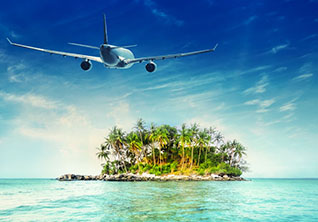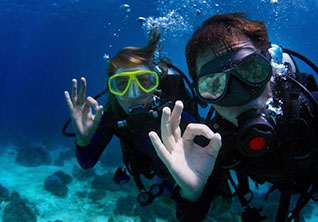130 Years and Closer to a Cover Shot: A History of Underwater Photography
Since 1893, when Louis Boutan first used a surface supplied hardhat to take photos underwater, divers have circled the globe to get an ever-elusive cover shot. The only problem was that aluminum housing with a good camera was too expensive for most except professionals. Of course, when it comes to underwater photography, the real mass shootings didn’t occur until Jean de Wouters designed the Calypso camera in 1957 and had it promoted by Jacque Yves Cousteau. In 1963 Nikon bought the right to produce the Calypso and it became the Nikonos I. You probably don’t want to hear about every make and model of every brand of underwater camera system, but it’s safe to say that there were plenty of reasons to wait more than half a century for the next generation models to come along.
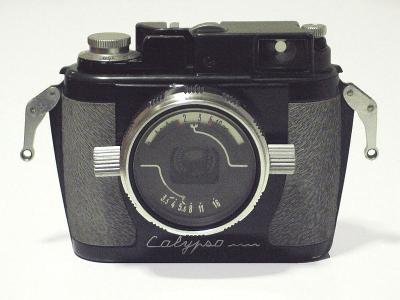
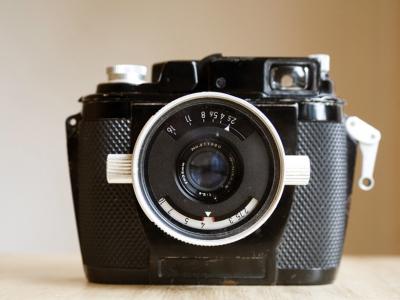
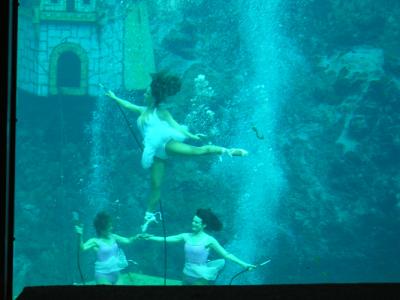
We’re not saying that early underwater photography was as difficult as walking uphill to school and back up even higher to get home, but there were a few inconveniences you had to tolerate or adjust for to get a few decent shots. First of all it was easy to forget to load film in the camera. You could spend a day with a great white whale, but if you forgot to load the film, the camera could still snap away with nothing to show for it. Setting the film in the sprocket teeth so the film would be pulled across the plate was sometimes a touchy issue too, and for those of you that never had a camera housing flood on you, you were one of the lucky ones. We should mention strobe lights here too, as they made a popping noise like a faraway depth charge when the batteries and capacitors touched salt water.
So the film was set in good and you were ready to click away; you only had 24-36 frames to fill in those days. If you took three images of each subject (fish or shrimp), this only gave you 12 different subjects to choose from, and this didn’t even hold back at least one frame for the end of the dive in case you had a once in a life time meet and greet with a large pelagic such as a manta or gray whale right before boarding back on a boat. Even if you managed to get 30 some images, you now had to wait a week or two to get them developed at Costco; yes, some of us lived in Kirkland Washington in the 1980’s before they went nationwide. Oh and when the film was ready to be picked up, that’s when you realized that only half of the subject (fish) was in the original frame. As a beginner, you could get the top (dorsal) or the belly side (ventral), but the total fish’s body just didn’t want to be set in print until you underwent a period of sometimes frustrating apprenticeship. You could also get your filmed processed at a local film kiosk, but they didn’t always develop the film fully, and when film went into the bin of history, all the kiosks apparently became coffee stands. With the passing of film you also didn’t need to pack everything (all your film) in lead bags to keep it all from becoming exposed in the old school x-ray security machines before you got to your departure gate to start your dive destination.
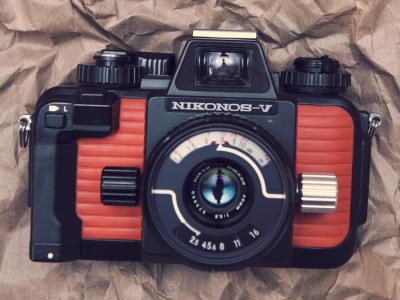
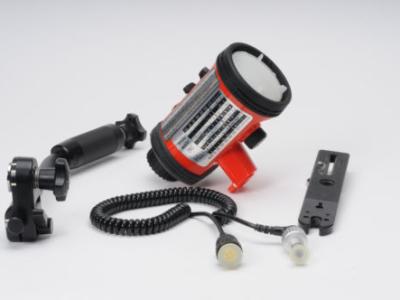
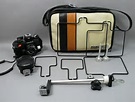
Of course, there were other opportunities for learning curves. To get macro shots with the Nikonos IV-A macro lens was needed and a black coated metal rectangular frame was attached to the camera; this was considered progress, but only if you could get the subject (a fish) within the frame, and to do that, the fish couldn’t be skittish and you had to watch that you didn’t crash the frame into the coral background during the process.
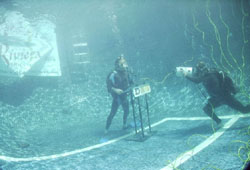
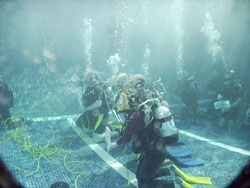
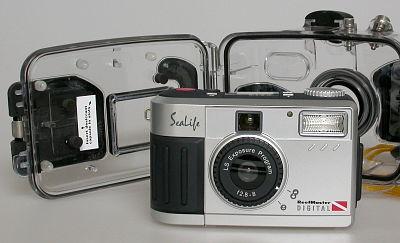
So when you were getting good at framing your subject, getting the right aperture setting, right film speed, and the lighting just right, along comes digital cameras and with using SD cards instead of film, you could take hundreds of images on a single dive depending on the settings you chose for image size and how fine you wanted the image detail. Not only did the number of potential images to be taken soar, but you could see each and every one of the images there on the dive. Oh, and these new digital cameras with their houses were small, inexpensive, and portable too. It was awesome, you could frame potential images through the lens and most of them looked good. Maybe not cover image good at first, but at least page three good, or web front page good. A good example would be from Las Vegas when a world record was set at the former Riviera Hotel for the most media attendees at an underwater conference using OTS full face masks and underwater electronics that transmitted the conference to speakers above the water too. Although the group contained many professional photographers, the underwater images of the event in the pool were taken by a small portable digital 1.3mp Sealife 100 camera. As the golden rule states, if you are the only person that took images, then your images are the best taken at the event, and these images captured went viral around the world. Suddenly any one going out for a dive could afford an underwater camera and capture never before seen images. The only problem? The new digital cameras were so slow that you had to hold them still while waiting for the shutter system to finally click into gear. We found this to be really tricky when taking pictures of fast moving objects such as spiny dogfish sharks. Imagine that you’re trying to take a picture of a shark coming at you and ten feet out you snap the shutter, three feet out the shutter moves and the flash goes off, then you feel the nose of the shark bump into your shoulder as you try and see if you got the shark framed in the image viewfinder. You had to guesstimate the speed and where the subject would be by the time it was close enough to take the shot and hope for the best when it came to lighting, back-scatter or anything else.
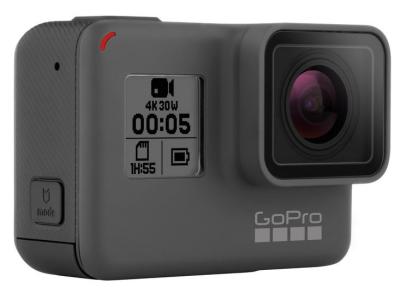
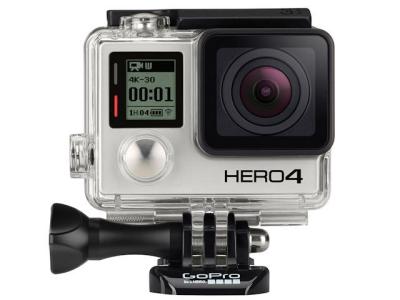
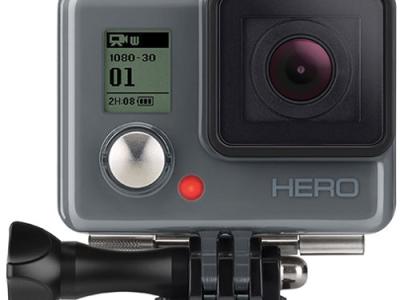
Within a few years, what we called a lag time was eliminated or barely noticeable but video emerged and then GoPro came out with their water proof housed video camera. They were so small that you could hook them on almost anywhere and you were ready to film for the next James Bond movie festival. Divers embraced video and while still images for dive websites and magazines had moved online and smaller photos were in, links to videos were super in. GoPro has just put out the Hero Five and Sealife just produced the DC2000, a duel layer 20MP image sensor camera that is enclosed in a external housing good to some 500ft, and has secondary housing/body on the video camera good to 60ft of depth. These new systems are rugged and can go just about anywhere you ever dreamed of above and below water. A novice can produce professional quality images and video with just a slight training curve compared to years earlier. Android and Iphones now have cases or housings which are great for personal image albums. We guess that within several years the next step in camera/video evolution will allow you to take videos and photo images simultaneously and they will automatically down load via satellite before you’ve reached the end of your three-minute safety stop. When you arrive home from your next vacation, the videos and images will already be queued on your smart TV, edited by AI (artificial intelligence) programs automatically posted on Facebook, YouTube and Instagram and leave you time to address comments on your personal video and image cover shots.
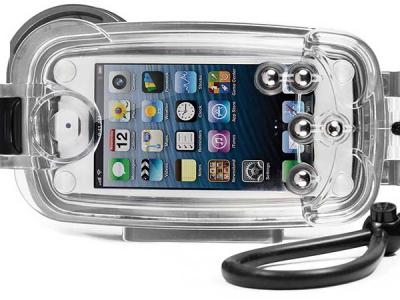
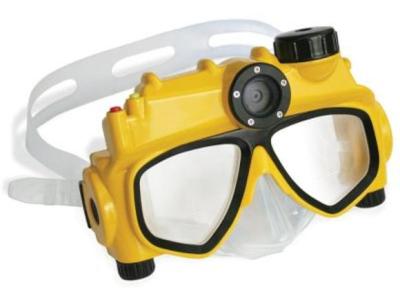
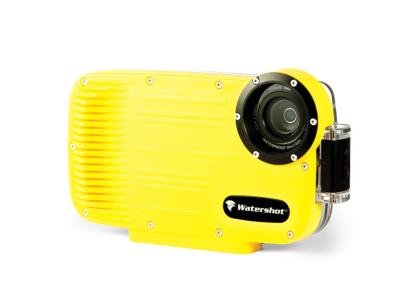
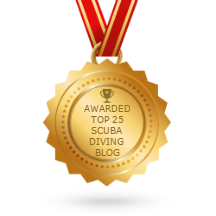
Recent Posts
- Eastern Malaysia, Sabah, Sipadan & More
- Ghost Pipefish, Pipefish, Seahorses, and Sea Dragons
- Australia Queensland and the Great Barrier Reef
- Tioman Islands, Malaysia
- The Riviera Maya
- The Peter Diving System
- The Bay Islands, Roatan, Utila, Guanaja, and more.
- The Cuttlefish; The Undisputed Master of Camouflage.
- The Maldives: A Garland of Islands in the Indian Ocean
- Frogfish, The Overlooked Camouflage Artist
Categories
- Australia
- Bahamas
- Bay Islands
- Belize
- Blue Hole
- Bonaire Diving
- Borneo
- Cayman Brac
- Cayman Islands
- Cozumel
- Curacao
- Cuttlefish
- Dive Destinations
- Dive Equipment
- Dive Liveaboards
- Dive Resorts / Properties
- Dive Travel
- Dive Travel Deals
- Diver Wellness
- Dolphins
- Dominica
- Eagle Rays
- eagle rays
- Family Travel
- Fiji
- Galapagos Islands
- Great White Shark cage diving
- Guanaja
- Honduras
- Indonesia
- Infographics
- Isla Mujeres
- Learning to Dive
- Little Cayman
- Maduro Dive Newsletter
- Malaysia
- Maldives
- Manta Rays
- Marine Life
- Mexico
- Micronesia
- Muck Diving
- Myamar
- Palau
- Papua New Guinea
- Pelagics
- Philippines
- Pinnacles
- Polynesia
- Reefs
- Riviera Maya
- Roatan
- Saba
- Sabah
- Scuba Diving
- Scuba Gear Reviews
- Scuba News/Events
- Scuba Training & Education
- Sea Legends
- sea lions
- Sea of Cortez
- Sharks
- Single Travel
- Sipadan
- Socorro Islands
- South Africa
- Specialties
- ST. Kitts
- Stingrays
- Tahiti
- Thailand
- The Bucket List
- Tobago
- Truk Lagoon (Chuuk)
- Turks and Caicos Islands
- Turtles
- Uncategorized
- Underwater Photography
- Underwater Video
- Utila
- Walls
- Whale Sharks
- Whales
- Wreck Diving
- Wrecks
- Yap
Archives
- January 2024
- April 2023
- March 2020
- March 2019
- January 2019
- November 2018
- September 2018
- July 2018
- May 2018
- March 2018
- January 2018
- October 2017
- September 2017
- June 2017
- April 2017
- February 2017
- January 2017
- October 2016
- August 2016
- July 2016
- May 2016
- March 2016
- February 2016
- January 2016
- December 2015
- August 2015
- June 2015
- April 2015
- January 2015
- November 2014
- July 2014
- April 2014
- February 2014
- December 2013
- November 2013
- October 2013
- September 2013
- August 2013
- July 2013
- June 2013
- May 2013
- April 2013
- March 2013
- February 2013
- January 2013
- December 2012
- November 2012
- October 2012
- September 2012
- August 2012
- July 2012
- June 2012
- May 2012
- April 2012


